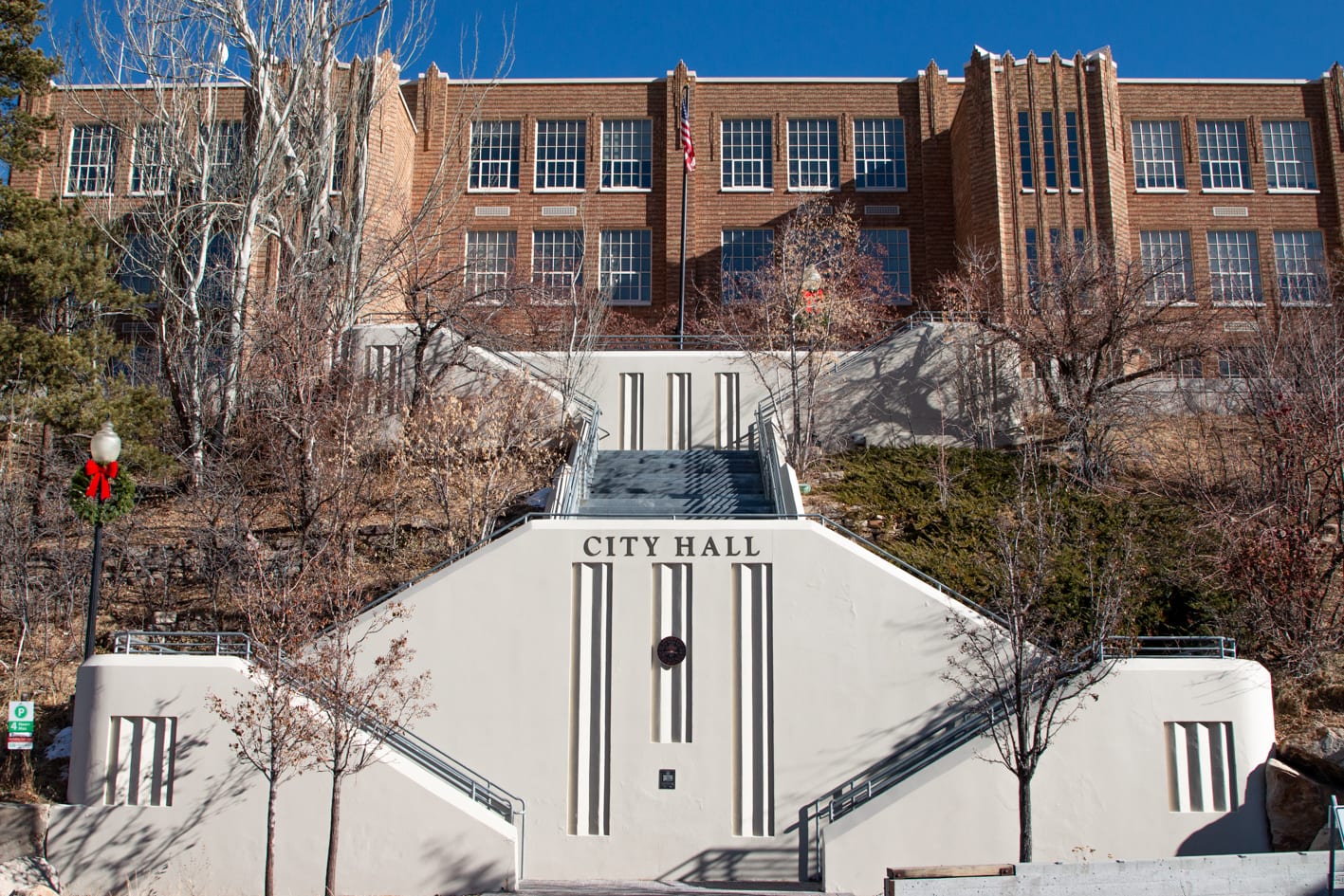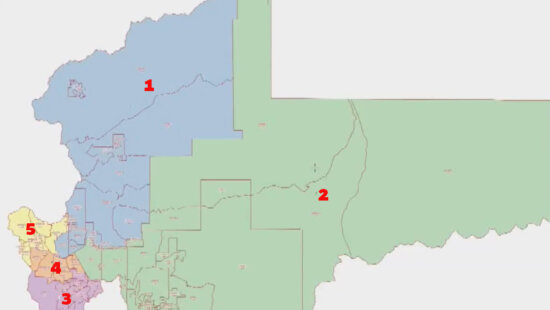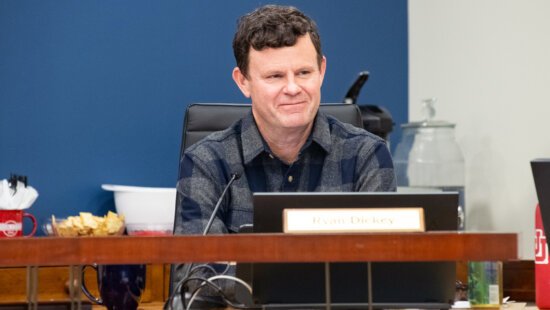Business
Wasatch Back Summit charts future with focus on affordable housing, transit, and zoning innovations
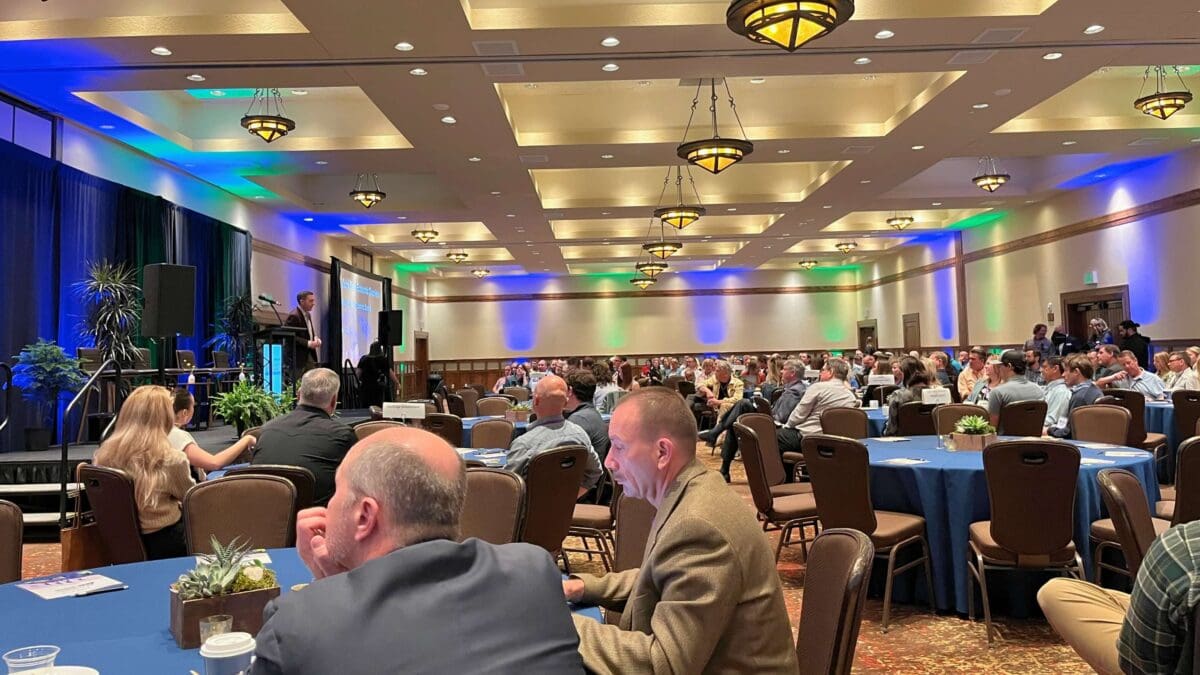
Zions Bank Senior Economist, Robert Spendlove, opens the 2024 Wasatch Back Economic Summit as the keynote speaker. Photo: TownLift
"That's what we put the money into—millions, and hundreds of millions of dollars, solving traffic problems, building bigger streets, more connectivity—but we don't solve the housing problem. We cannot find housing, we cannot find workers. We have no workforce housing. Everybody's having staffing problems, and that directly affects the economy." - Mike Johnston, Heber City Council member.
PARK CITY, Utah — The Wasatch Back Economic Summit, which convened Tuesday, May 14 at the Grand Summit hotel in Park City’s Canyons Village, focused on critical issues impacting Wasatch and Summit counties, such as affordable housing, transportation, and sustainable community growth. Key voices from the Summit shared insights on these challenges, emphasizing affordable housing as a central pillar for the community’s future.
“This is one of my favorite events of the year. It’s a chance for our community to come together to learn, share ideas, collaborate, and make connections to help drive progress on critical opportunities and issues we collectively share,” Vice President of Partner Services, Scott House said. “As an event, it’s an incredible yearly opportunity to set the baseline for future conversation around these topics allowing us to come from a space of shared knowledge and understanding.”
There were three rounds of breakout sessions at the event offering smaller panel discussions over the Wasatch Back’s current growth and new developments, updated transportation/accessibility models, and affordable housing updates, as well as the economy’s future and its impact on the industries.
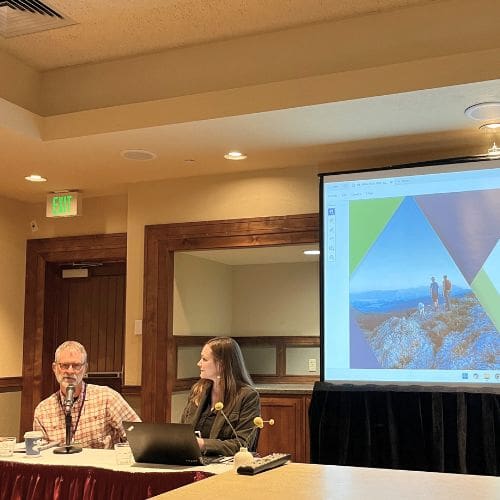
Integrating Growth and Accessibility
A key topic of the day, and what will soon be a central access point for the Wasatch Back, is the East Village of Deer Valley. One breakout panel listed the multiple developments currently underway in addition to the village’s massive expansion. The number of developments, which encompass Jordanelle Reservoir on both the east and west side of the U.S. 40, one panel member pointed out as “overwhelming” and “a lot to take in.” However, the overall sentiment regarding the developments were positive due to its potential of connecting the communities for the benefit of the tourism industry.
Heather Kruse, the Military Recreation Facility Project area director of MIDA, discussed the implications of regional growth and accessibility, particularly regarding the integration of Wasatch and Summit counties. She highlighted, “With our access points to Deer Valley it actually gives about 280 degrees of access to that ski resort itself… It bridges Wasatch County and Summit County in the tourism corridor, and I think it also opens up the Heber Valley as well.”
“We’re going to see that the growth right now feels like a lot very early on. I think in the next few years, we’ll start to see it stabilize, and the positive impacts that it will have in general for all the communities here in Wasatch back.”
Reflecting on past lessons for future growth
With the 2034 Winter Olympics potentially on the horizon for Utah, and an official announcement being made in July, county leadership considered what hosting the games could look like for both Summit and Wasatch counties now, versus in 2002. One panel member, Pat Putt of Summit County, pushed the necessity of looking beyond the games in regards to zoning and general development plans as an absolute necessity, so as not to play “catch up.”
Putt recalled his experiences with the 2002 Winter Olympics, underlining the importance of transportation and forward-thinking planning.
“The success of the games is based on something that may not be the sexiest thing out there and that’s transportation — intermodal moving of people,” he said. Putt also mentioned the lessons learned really happened after the Olympics, saying, “Those roughly seven years leading up to the games, those were nothing compared to the seven years after the games. The real impact happened after that torch was extinguished — that’s when the growth occurred.”
The economic impact of affordable housing
The statistics of commuting workers versus those who actually live in the area were substantial, with the impact of commuting workers taking a toll on the economy and the environment. Tony Tyler of Columbus Pacific Development stated, “There’s 28,000 jobs in Summit County. Of those 28,000, 21,000 of them commute outside of the county to get into the county every day. So our problem is very clear.”
Megan McKenna from the Mountainlands Community Housing Trust expressed just how much it affects the environment stating that, “Just 100 affordable units would result in a reduction of 3.3 million vehicle miles traveled per year.”
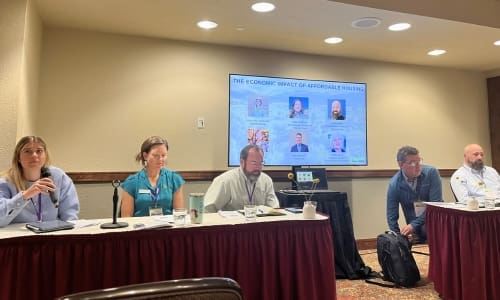
Addressing local challenges and opportunities
Mike Johnston, a Heber City Council member, detailed the local challenges of workforce housing and its direct impact on the community’s economic stability.
He said, “What we tend to do on those problems is that we try and solve the traffic problem, not the housing problem. That’s what we put the money into—millions, and hundreds of millions of dollars, solving traffic problems, building bigger streets, more connectivity—but we don’t solve the housing problem. We cannot find housing, we cannot find workers. We have no workforce housing. Everybody’s having staffing problems, and that directly affects the economy.”
Mobilizing community and political will
The summit underscored the need for robust community engagement and the mobilization of the the planning department and councils to push for rezoning and diversifying the landscapes.
Johnston argued that the old zoning ways are not working anymore, and that there is a dire need to diversify.
“You have to bring housing to where people work, live, play and need services. You have to mix that up. So, we’re working on that—We’re promoting mixed use,” he said. “I just think it’s important for us to build housing, where we already have infrastructure. It’s very costly to keep pushing out to the fringes and building new roads, new sewer, new water, new fiber and this just increases our traffic problem. We really need to densify what we’ve got.”
Tyler emphasized that construction for these kinds of projects have a tipping point, needing to find a delicate balance between profitability and economic benefit to the community.
“What I think I would focus on is from a community and public will perspective,” he said. “You should be up there and you should be talking to your council members, you should be talking to your neighbors about building more attainable housing for the people that we want to have in our community.”
The Wasatch Back Economic Summit was a way for the community to come together and see that, in all, the current issues facing the region are all interconnected.
“We say that housing solutions are also traffic solutions. They’re also climate solutions, their equity solutions, and their safety solutions,” McKenna said. “Helping to connect those dots is really our goal—helping all of our community members to see the benefit.”
















